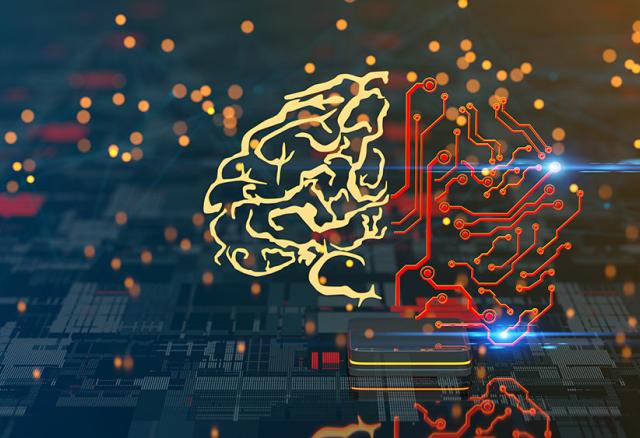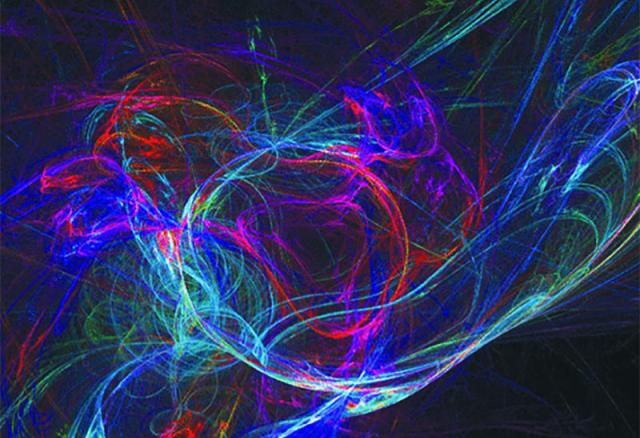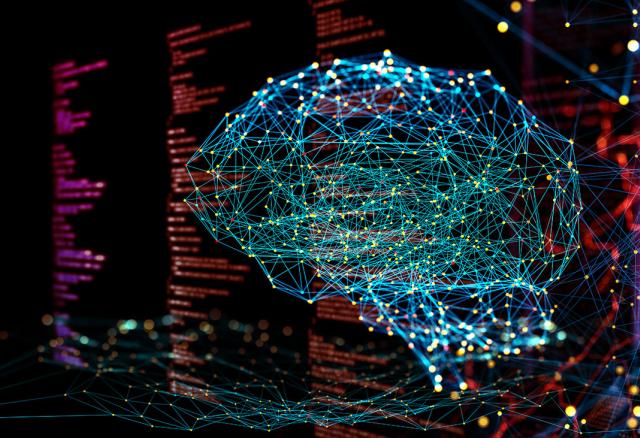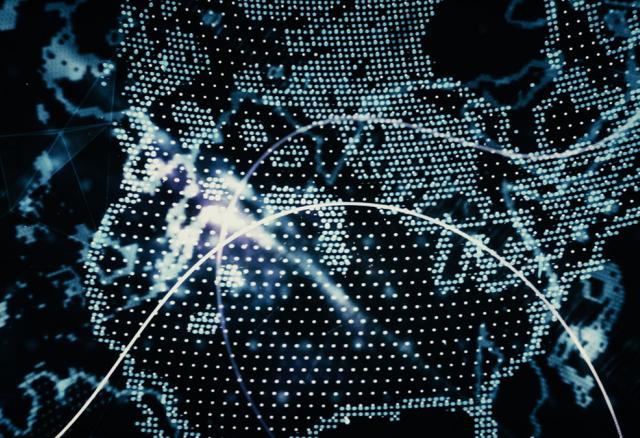Toward Creating an Inclusive SPS Community
The underrepresentation of women in science, technology, engineering, and mathematics (STEM) fields is an issue that has been studied extensively [1] . Yet women still face many challenges, even though the demand for many STEM occupations has exploded. Many factors contribute to the low number of women in the STEM field. From an early age, girls are exposed to many cultural cues that dissuade them from participating in STEM fields. This gender bias is enforced by implicit or explicit messages from multiple sources.






